Successful Perimeter Fire Containment
It should also be noted that the ASTM E119 exemption scenario was evaluated years before the development of the ASTM E2307 test method. The Loss Prevention Council in the United Kingdom conducted testing with fire exposure similar to ASTM E119, with fire impingement on the inboard side of the curtain wall. It was recognized early on that if left unprotected, the void created between the floor slab and exterior wall would allow fire and smoke to propagate to the floor above. It was thought that simply filling that void with mineral wool would be an easy fix. However, if you do so without protecting a portion of the spandrel area, the glass curtain wall will fail and the mineral wool will fall out of the void.
The cross-section drawing in Figure 1 illustrates the test set up by the Loss Prevention Council in which mineral wool was installed between the glass and face of the floor slab. Within the first 10 minutes of the fire, the glass broke out and the safing fell out of the void, allowing fire to propagate to the next floor.
As this test illustrates, if the ASTM E119 exception is followed in this case, once the glass breaks, the safing is gone. At best, the ASTM E119 exception will afford only 10 to 15 minutes of protection.
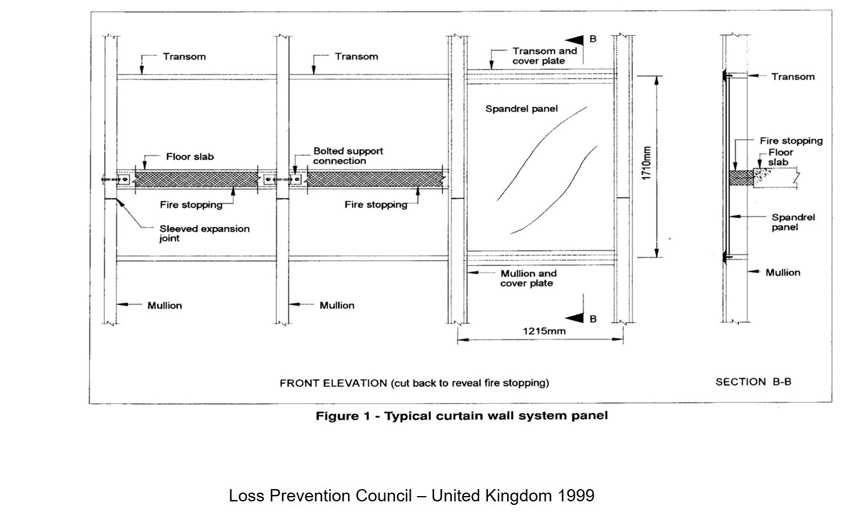
Figure 1: A test conducted in 1999 by the Loss Prevention Council in the United Kingdom installed mineral wool between the glass and face of the floor slab.
It should also be noted that today there are zero-spandrel and all-vision glass curtain wall designs available that have been tested to ASTM E2307. These solutions can be found in the Intertek Fire-Resistance Directory. Specifying assemblies tested to ASTM E2307 rather than utilizing the ASTM E119 exception will elevate the level of fire safety for the building occupants and should be the minimum requirement when designing and installing short or zero-spandrel curtain wall facades. The ASTM E119 exception should never be used in lieu of an ASTM E2307 tested and listed system.
Misconception #3: Steel back pans provide the safest, most robust PFC systems.
Back pans are galvanized steel sheets that are mechanically attached and sealed to the curtain wall framing around the perimeter behind opaque areas of a curtain wall. In these systems, the steel back pan serves as the vapor barrier. The use of steel back pans in PFC systems is becoming quite common because of the popularity of unitized systems; however, these systems must be properly protected. Even though steel does not melt, when exposed to elevated temperatures, the steel pan will buckle and warp due to its high expansion coefficient. When this occurs, the safing insulation cannot maintain its compression or follow the warping or deflection of the back pan. Small seams may form at safing line, allowing flame and hot gases to propagate the next floor.
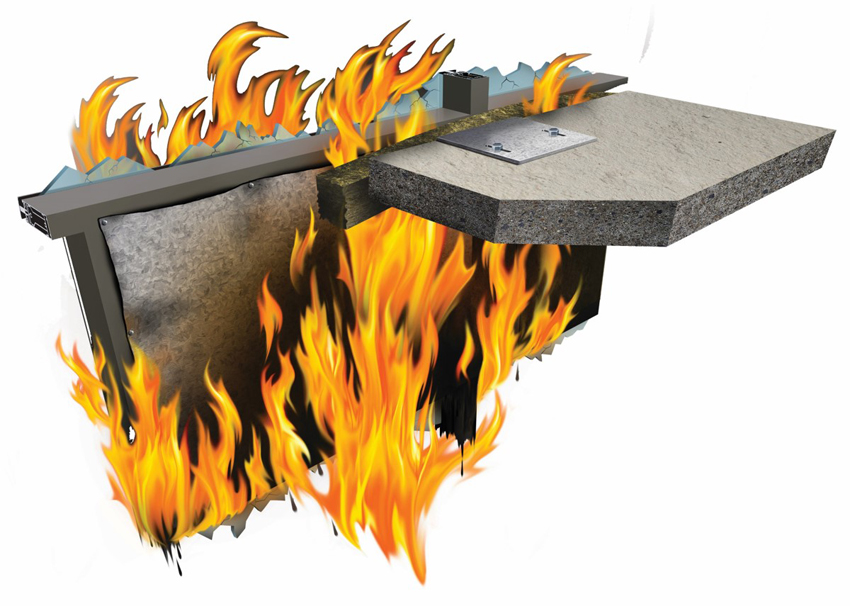
This depiction shows how improperly installed steel back pan assemblies perform when exposed to the fire conditions of ASTM E2307. Note the deflection of the interior back pan that allows flame and hot gases to propagate through the safe-off joint.
There are specific UL/Intertek listed systems that address the protection of these types of assemblies; however, it should be noted that these configurations are the most difficult to pass when testing to ASTM E2307.
There are a variety of systems that utilize interior steel back pans. One feature these solutions have in common is a high frequency of attachment for both the back pan and the mineral wool curtain wall insulation. Some older systems required covering the interior face of back pan with mineral wool, while next-generation systems incorporated a safing shelf to protect the safing line from fire propagation through the peaks and valleys that are created when the back pan warps. Most systems require backer reinforcement at the slab edge.
Newer systems have eliminated the need for covering the interior back pan. These systems eliminate the need for a backer bar by utilizing the location of the horizontal windowsill transom plus the return lip of the back pan for reinforcement. However, it should be noted that mineral wool—specifically Intertek or UL approved mineral wool—must be used in these back pans to show that they meet ASTM E2307 and the building codes. Not just any mineral wool insulation will do. Look for the UL or Intertek classification marking. Because these systems are more prone to failure, you must also follow all of the design criteria of the listed system.
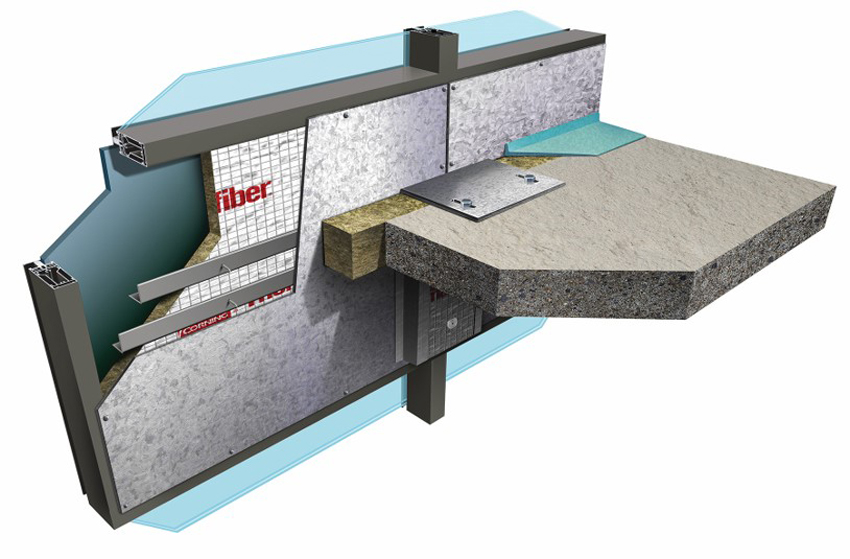
This system offers a 2-hour F rating for interior back pan protection. Note the reinforcement at the safe-off line. These design details are needed to keep the back pan from warping when exposed to fire.
Misconception #4: Vertical mullion protection is not necessary.
In 98 percent of all UL/Intertek tested and listed aluminum-framed curtain wall systems, vertical mullions within the spandrel area must be protected with UL/Intertek approved mineral wool mullion cover insulation. Aluminum will melt as early as 9 minutes into a fire. And yet, these aluminum framing members are critical for keeping the system together for the required hourly rating of the system. Typically, mineral wool spandrel insulation is mechanically attached to the mullions. If the aluminum framing is left exposed, it will melt and cause the mineral wool spandrel insulation to fall out or dislodge, which in turn can cause the mineral wool safing at the interior joint to become compromised and result in an early failure in the system.

Shown here is mullion exposure to fire during testing. Note that the exposed side of the vertical mullion is almost completely melted out.
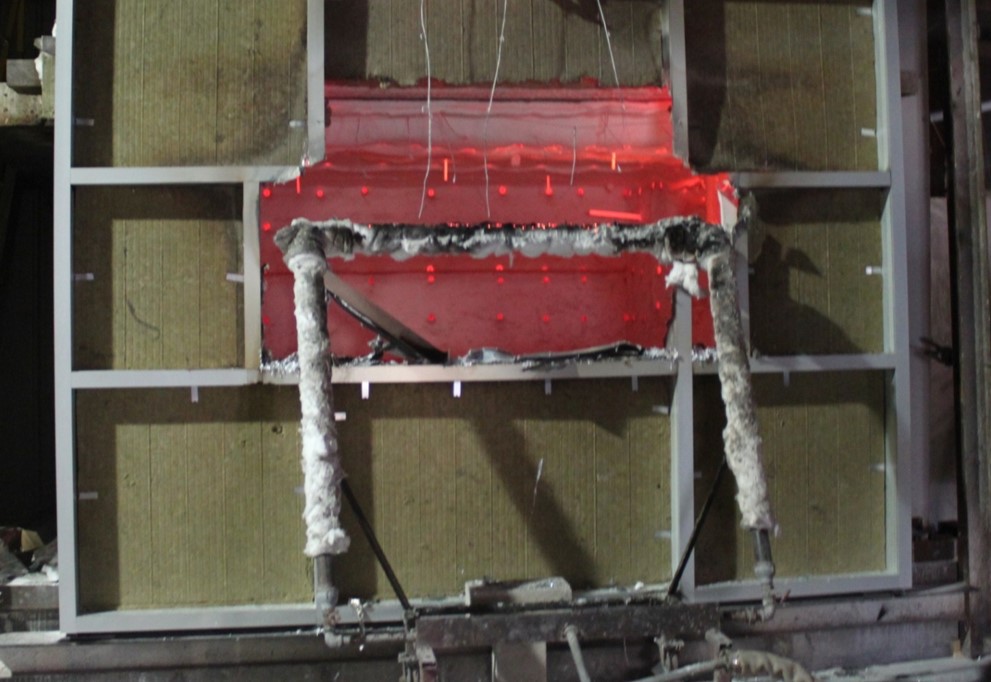
Note the complete loss of horizontal transom and vertical mullions after exposure during an ASTM E2307 fire test.
There are a few systems available where mullion covers are not required; however, these systems include unique design features that ensure all materials stay intact during a fire.
You cannot assume that just because a very few systems do not require mullion covers that they are not necessary. In fact, mullion covers should be utilized in 98 percent of all curtain wall assemblies as an added safety layer. In addition to protecting the mullions from high temperatures during a fire, mullion covers are often also required for moisture and thermal protection.
Misconception #5: Fire performance of exterior facade composite panels does not need to be considered in PFC design.
We are starting to see exterior facade panels other than glass on high-rise structures. Increasingly, curtain wall designs include untested exterior facade panels, such as metal composite panels (MCMs), aluminum composite panels (ACMs), and high pressure laminates (HPLs), among others. These combustible panels can add to the fuel load of a curtain wall under fire conditions. When the fire performance as per ASTM E2307 is unknown, exterior facade panels should be evaluated using NFPA 285: Standard Fire Test Method for Evaluation of Fire Propagation Characteristics of Exterior Non-Load-Bearing Wall Assemblies Containing Combustible Components. The purpose of the NFPA 285 test is to determine that combustibles, when exposed to fire on the exterior face of the wall, do not allow for fire to spread a specified distance over the surface or through the core of the otherwise noncombustible wall assembly.
It should be noted that although NFPA 285 uses the same ISMA two-story simulation of a fire exposure as does ASTM E2307, the test duration and pass/fail criteria are completely different. In other words, just because a system has passed NFPA 285 does not mean it meets the requirements of E2307, and vice versa.
In addition, the exterior panels should be attached independently from the PFC system. Combustible and untested panels should never provide structural support for the perimeter fire-barrier system.
Conclusion
PFC is vital for ensuring the life safety of building occupants. These systems work by compartmentalizing a fire to the room of origin long enough for occupants to exit the building; however, they must be correctly designed and installed to be effective. Successful PFC systems include six critical design criteria and are tested to ASTM E2307. However, there are some common misconceptions about these systems, especially as all-vision glass and unitized systems with steel back pans become more popular. By understanding these misconceptions, specifiers can avoid choosing inferior solutions and ensure that they are specifying the safest, most effective systems for their buildings.
Juliet Grable is an independent writer and editor focused on building science, resilient design, and environmental sustainability. She contributes to continuing education courses and publications through Confluence Communications. www.confluencec.com
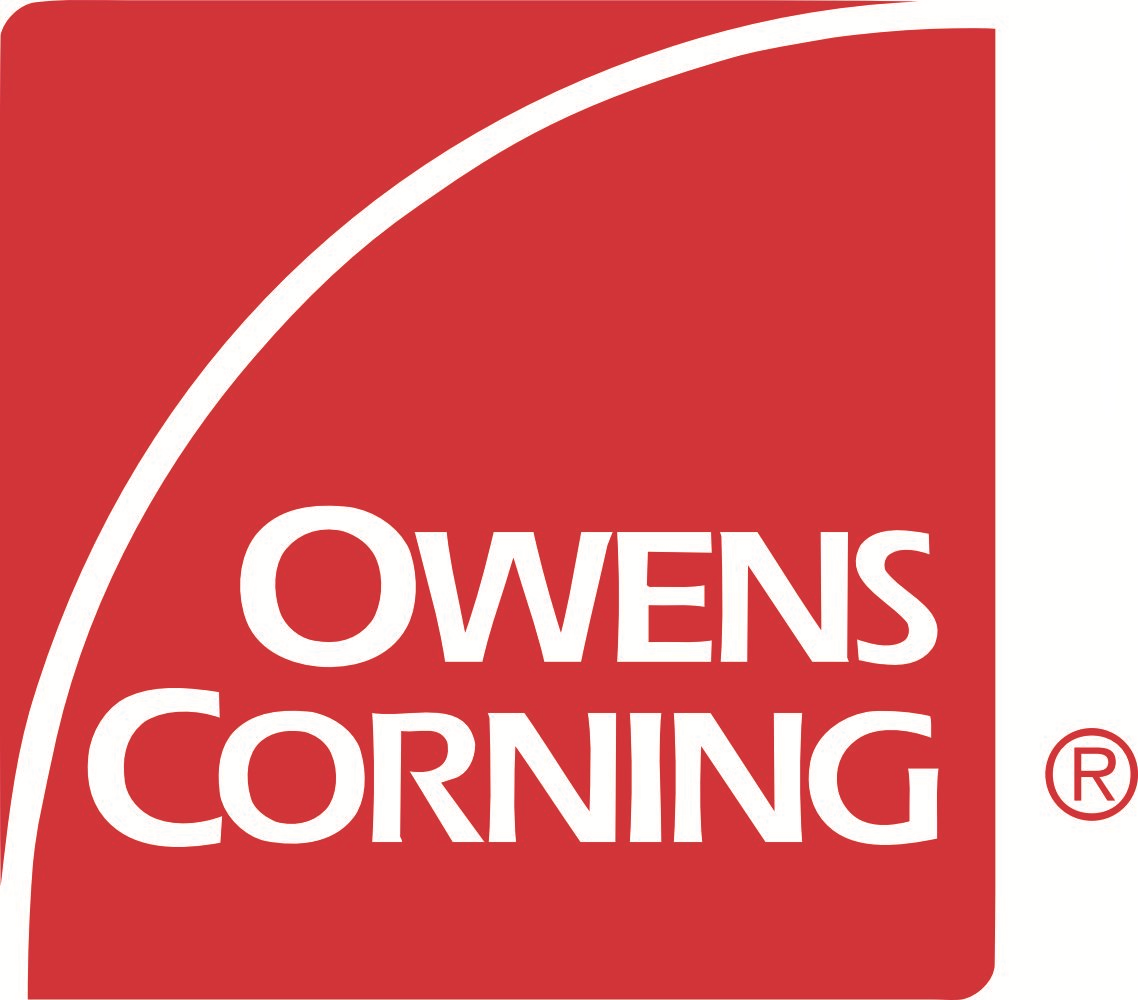 |
Owens Corning is a global leader in insulation, roofing, and fiberglass composite materials. Its insulation products conserve energy and improve acoustics, fire resistance, and air quality in the spaces where people live, work, and play. Its roofing products and systems enhance curb appeal and protect homes and commercial buildings alike. Its fiberglass composites make thousands of products lighter, stronger, and more durable. Owens Corning provides innovative products and solutions that deliver a material difference to its customers and, ultimately, make the world a better place. The business is global in scope, with operations in 33 countries. It is also human in scale, with approximately 20,000 employees cultivating local and longstanding relationships with customers. Based in Toledo, Ohio, USA, the company posted 2018 sales of $7.1 billion. Founded in 1938, it has been a Fortune 500® company for 64 consecutive years. For more information, please visit www.owenscorning.com |








